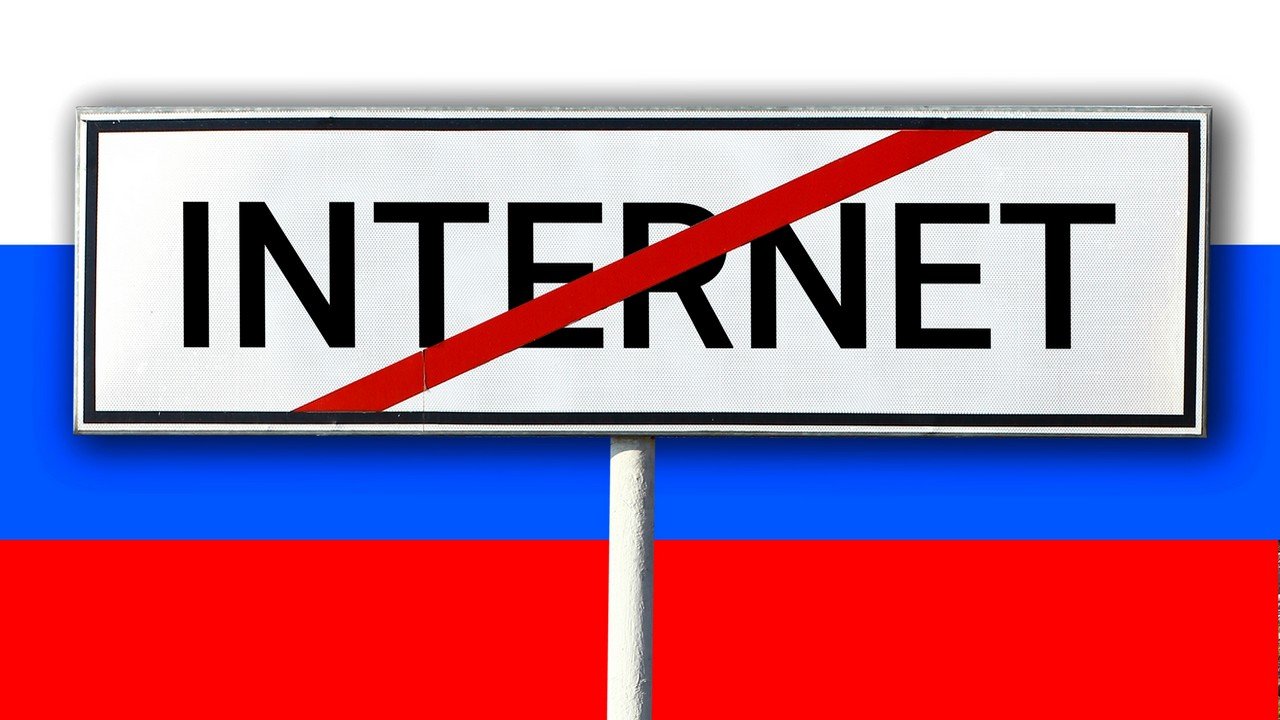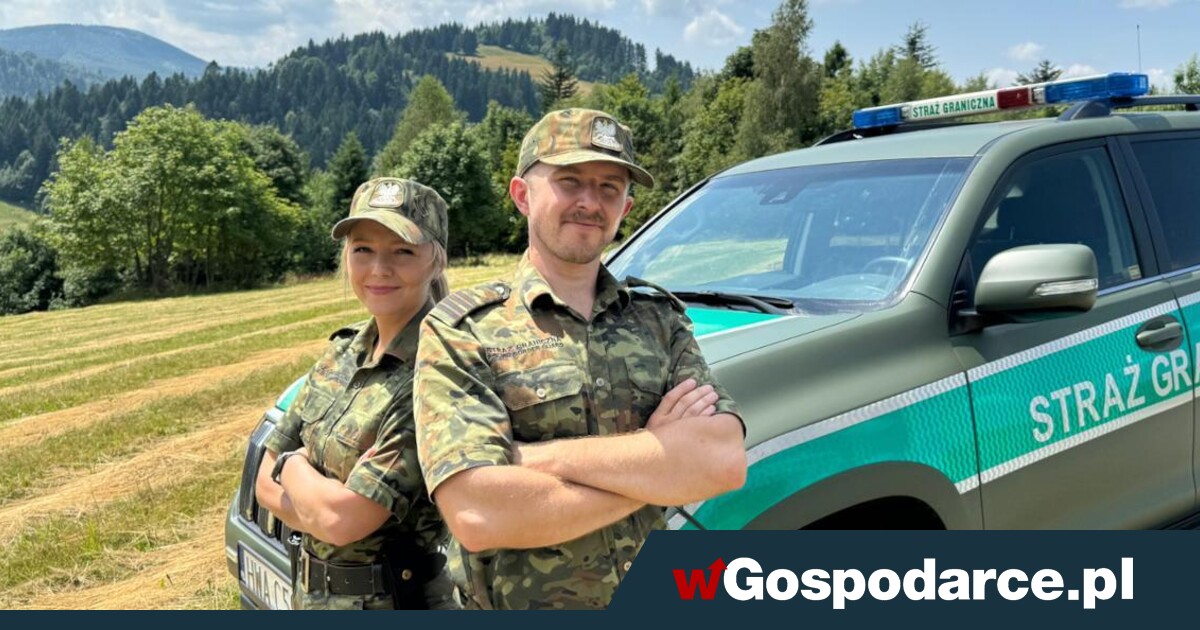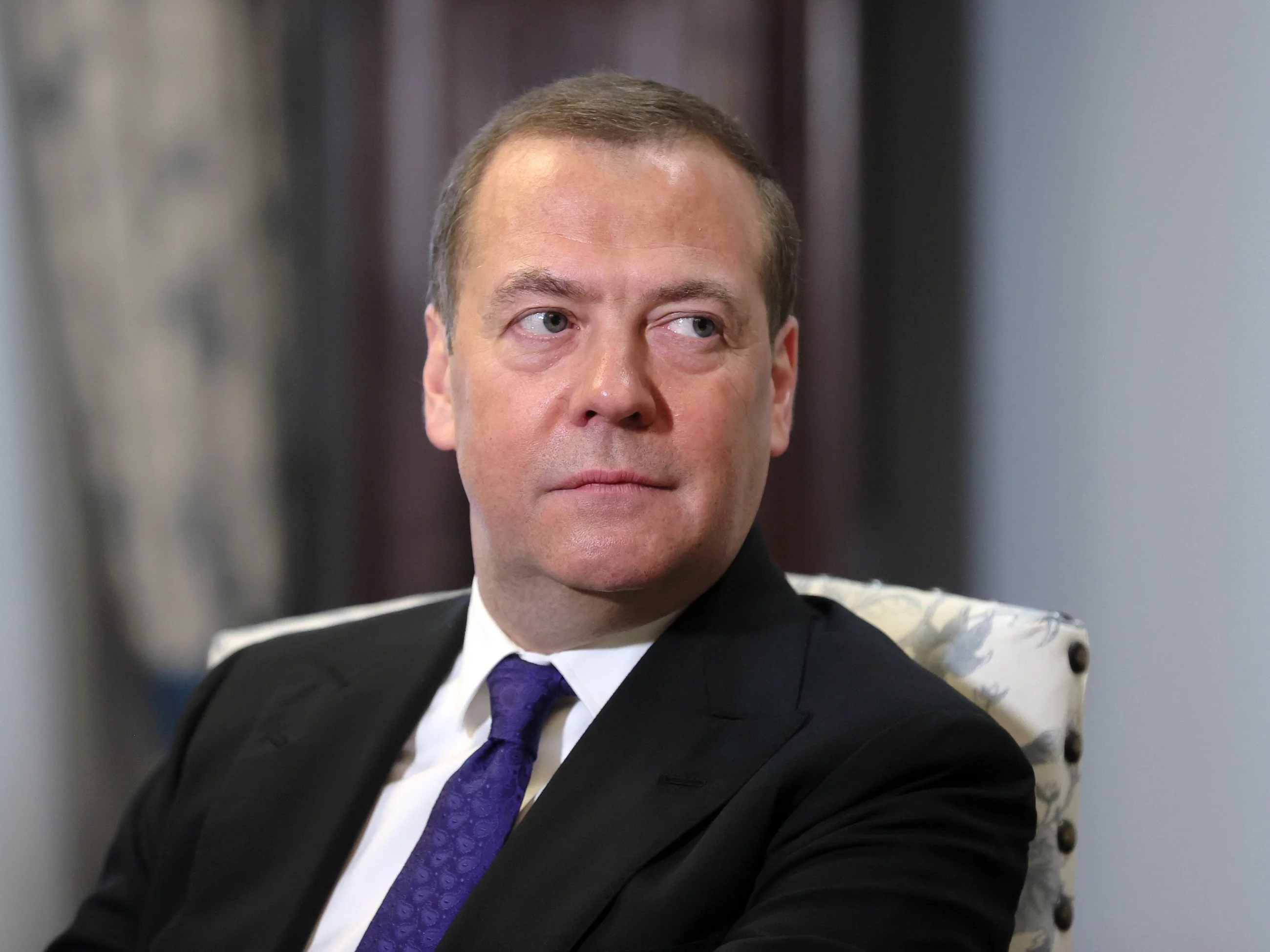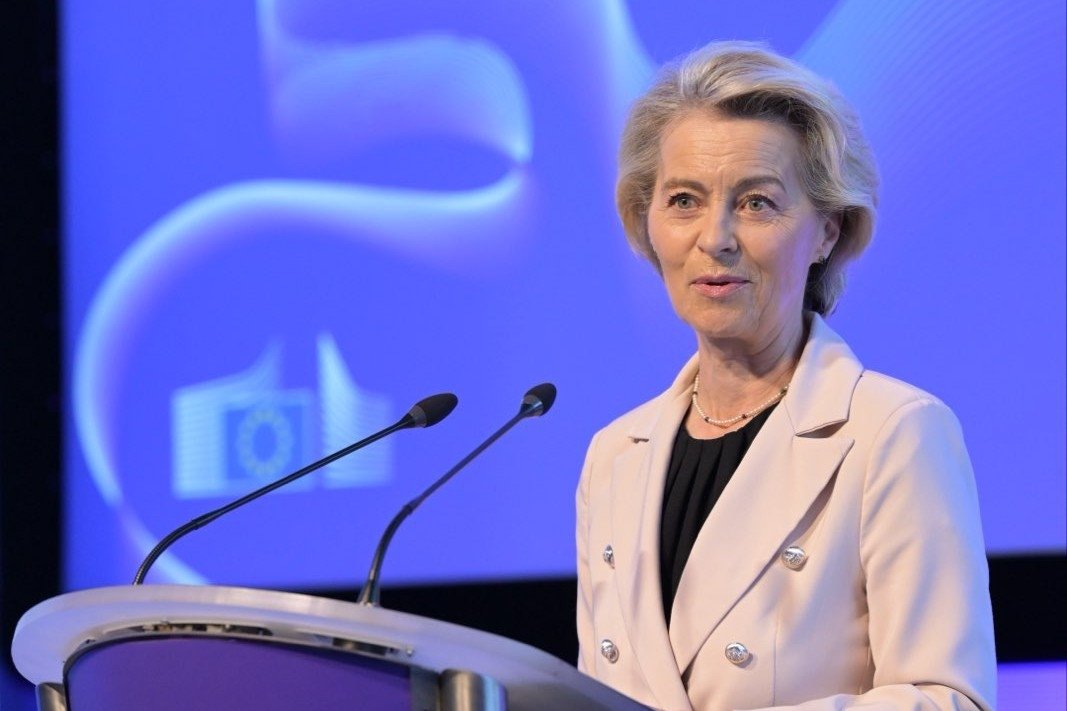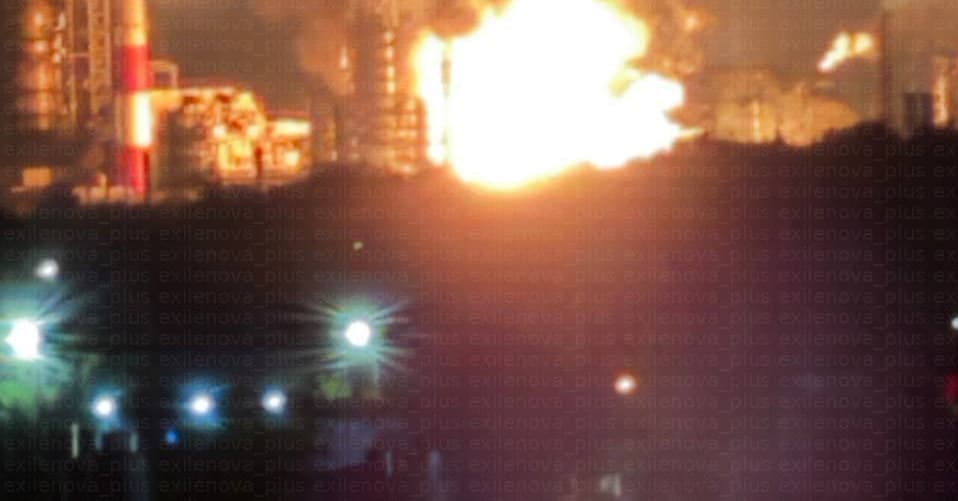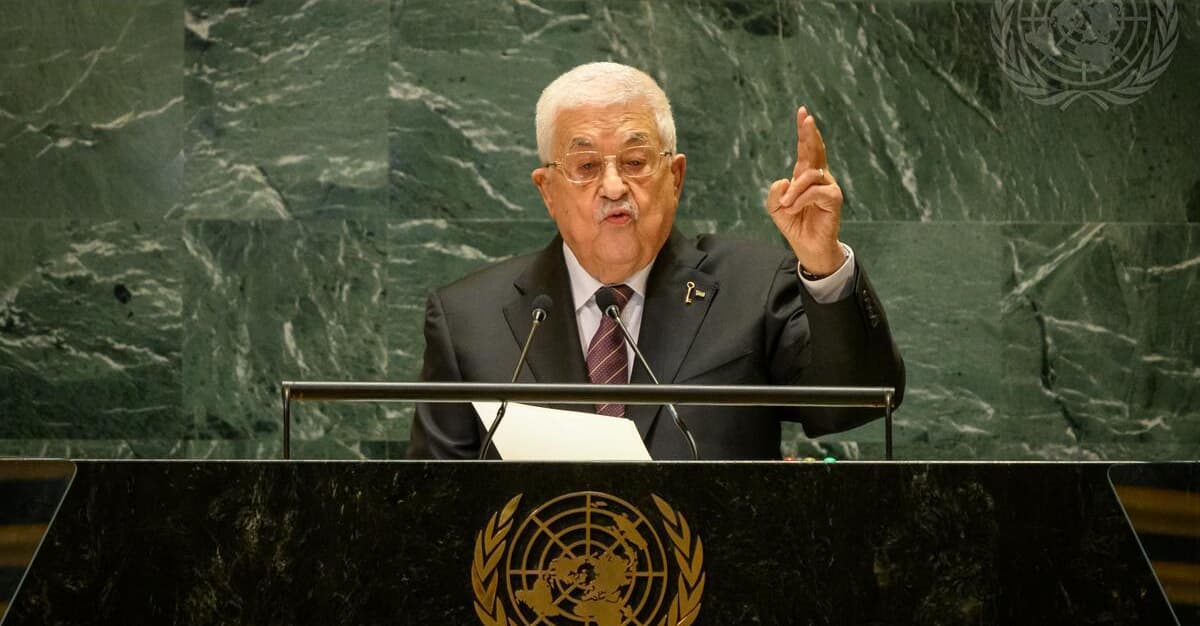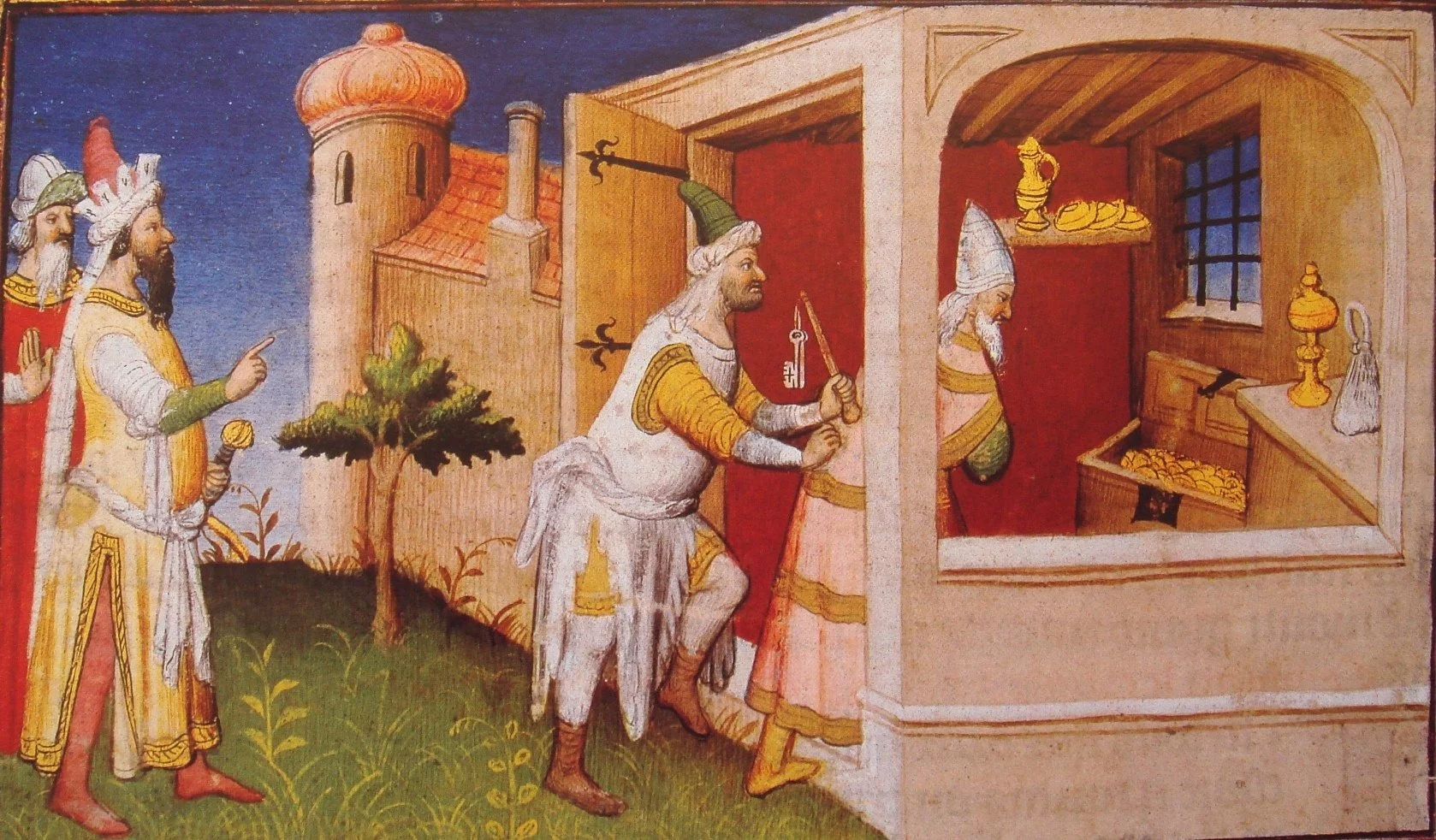Whose responsibility is that? Putin regime? Climate change? Stupid political decisions? Universal mediocrity in management and corruption at all turn? How will this affect Russia? On her people? And above all, what about this beautiful nature? He will effort to describe the subject in many ways. I'll start with details and human past and then we'll deal with numbers and statistics. Finally, I will rise military and logistical issues. Come in.
The Kurgan region has been on fire for 3 weeks. Burning villages and tiny towns. According to reports, only 21 people died in this region. Many have lost their own and so modest and frequently uninsured possessions. home animals and livestock die in fires.
It's just 1 of the fire regions in Russia. Today, more than 60,000 hectares of land is burning. To realize this greatness, let us translate it into something we can imagine. PGE Nardowa Stadium in Warsaw is located on an area of 28 ha. So we're talking about fires over 2100 national stadiums. Impressive? For now it is only the beginning of spring that is only beginning to enter the vast areas of the Russian Federation. According to reports from the Ministry of Extraordinary Situations, fires absorb these areas annually.
- 2017: about 15.8 million hectares
- 2018: about 12.9 million hectares
- 2019: about 12.3 million hectares
- 2020: about 18.1 million hectares
- 2021: about 18.2 million hectares
- 2022: about 18.8 million hectares
The last 3 years in large fires of forests, fields, meadows, etc. (fired oil warehouses, or production halls is another subject) the surface burns in Russia, (and let's leave the stadiums in peace) over 55% of Poland's area (which has 32 million ha) . Knowing the scale of what Russian firefighters will face, let us return to the Kurgan region.
Landscape fires in the Kurgan region have usually occurred since the beginning of the year, and in April their number traditionally begins to grow. The classical grass burning we know of by old-fashioned farmers. From 5 to 26 April this year, employees of the Ministry of Extraordinary Situations eliminated 290 scenery fires, any of which reached the buildings. The most hard period was the period from 27 April to 7 May- the region was highly advanced for this time of temperature (up to 28 degrees) and wind in lashings exceeding 20 m/s.
One of the first to ignite was the village of Logoushka in the Ketov district. respective twelve houses and another buildings burned down as a consequence of the fire. According to local residents, fire appeared from the railway tracks, and fires appeared here and there in various parts of the village. A female born in 1935 was killed in the fire. We will deal with railway tracks further, as this is simply a very crucial aspect of this entry.

The villagers tell us that houses, sheds, bathhouses burned immediately and burned within 10-20 minutes. The power went out, so they could not extinguish the fire with electrical pumps – the water had to carry buckets from the nearest tank. individual managed to save the barn, someone's greenhouse, but most of the fire victims lost everything. Although I do know that many of you may not be curious in specified a detailed description. Finally, we are not in the habit of feeling besides sorry for the Russian people, but this is important. I wanted us all to realize how powerful the component is the large, uncontrolled fires and how they could virtually turn the village into a pile of ash in just a fewer minutes. But it can be prevented. With adequate people and equipment, you can intervene faster, more efficiently and prevent the spread of fires. Or at least gain time to safely evacuate the residents.
What does this look like in Russia, for example, in this region? At a gathering with president Vladimir Putin, politician Wadim Szumkov proposed that a division of the national service “Avialesookhran” be deployed in Kurgan territory. up to 50 people, as well as earlier than usual introduction of a peculiar fire government (it is prohibited to smoke garbage and dry grass, and to usage open fire on agricultural land, reserves, settlements). Yeah... and that's it. The service has not yet been tied up, people have not been hired until now. There's no way we can get extra equipment. The fire period in this region begins in early April present is May 12. conventional organization in Russian. But nature besides plays tricks.
The fact that the fire destroys residential buildings, the Kurgan region's authorities blame strong winds and dense buildings. (So buildings in the countryside in the mediate of Russia stuffed like cans in sardines) According to the vice-voivods, the last 3 years at the turn of April and May, the winds in the region are very strong. ‘A fire during the day can change its direction respective times. Noskov explained that during fresh fires in Vargashinsky municipality the wind changed 3 times a day. "This makes extinguishing fires very hard due to the fact that we throw all our forces on the side from which the wind blows to defend the sediments, forests and the wind changes – and we just don't have time to spread forces and resources."
I would so like to focus on these forces and measures, and how the war on Ukraine is affecting the country's fire protection. The Russian national Fire Protection Service employs about 280 1000 workers. It includes firemen, fire prevention specialists, fire engineers and another persons active in fire protection. 280,000, although it seems to be a lot, does not reflect the scale, so it proposes comparing these figures with our country. According to information published by the State Fire Department in Poland, as of 31 December 2021, this service employed about 78,000 firefighters. Among them are both professional firefighters and volunteers who service the community in their spare time.
According to 2021 figures, Russia has about 146.7 million inhabitants and Poland has about 38.4 million inhabitants. By taking these numbers, we can calculate the following values:
- In Russia, there is about 1.9 firefighter per 1000 inhabitants (280,000 / 146.7 million x 1,000).
- In Poland there is about 2.0 firefighter per 1000 inhabitants (78 1000 / 38.4 million x 1000).
So we have a very akin fireman/resident ratio. But it is much more interesting if we convert firefighters into square kilometers.
The area of Russia is about 17.1 million km2 and Poland is about 312.7 1000 km2. Assuming the number of firefighters in Russia is 280 thousand, and in Poland 78 thousand, we can calculate the following values:
- In Russia, there is about 0.02 firefighter per km2 (280,000 / 17.1 million).
- In Poland there is about 0.25 firefighter per km2 (78 1000 / 312.7 thousand).
I hope you're starting to realize which direction I'm leading you in. Firefighters in Russia have an average of 12.5 times the size of the territory than Polish firefighters. With fire trucks, it is even more interesting, due to the fact that in Poland the fire department together with the OS has about 22 1000 fire trucks where in Russia we have about 53 1000 method vehicles, most of which are typically fire trucks. What are the conversions to 1000 inhabitants and square kilometers that should be protected?
There are about 0.37 wagons per 1,000 inhabitants in Russia (53 000 / 144 500,000 * 1000 )
In Poland there are about 0.58 carts per 1000 inhabitants (22 200 / 38 400,000 * 1000)
Trucks comparative to the surface.
Russia – 53,000 / 17 098 242 ≤ 0.003 cars per km2
Poland – 22 200 / 312 679
This means that in Poland all fire truck protects surfaces almost 24 times smaller than in Russia. In summary, if we look at the size of the Russian Federation, Poland has 12 times more saturated area with firefighters and 24 times more saturated area with equipment (not to mention the quality of this equipment due to the fact that we most likely prevail here too)
And now imagine that in the course of large fires, these apparent deficiencies are complemented by troops that in Russia were not lacking. Currently, soldiers die somewhere on the front in Ukraine cannot supplement firefighters. fewer firefighters have been mobilized, too. We do not have any information about their number, but even if any large numbers of firefighters were not sent to the front, there are inactive considerable shortcomings in black and white.
Let us so look at the scale of the fires on the following short video between 5 and 10 May in the regions of Sverdlovsk, Kurgan, Omsk, Novosibirsk, Tyumen.
How do we connect these fires to the war? Many fires are not only consumed by villages, forests, and fields. Fires besides caused respective rounds of ammunition depots. There are besides railway lines passing through the areas that are presently under fire, and roads. These are on the logistics routes of the Russian army. Multidimensional problems with large fires of nature, along with an increased number of attacks by Ukrainians for military purposes and factories causes a classical for short covers. And the fresh missiles that were utilized present (attack on Lugansk and industrial plant 150km from the front line) make firefighters incapable to be everywhere at the same time. Cities, fronts, factories will have priority, and this in turn can affect the processes of extinguishing forests.
Large fires will most likely origin terrible demolition this year for 2 or 3 reasons. Reason for the first physical transfer of firefighters and fire trucks to the war zone. The second reason you haven't thought about yet, but the budget gap and the cutting of backing for the regions. Cuts of 30% will affect the exchange of services or hiring firefighters. 3rd reason for loans and failing business. If you follow my profile rather regularly, you may have seen dozens of fires far outside the war zone. Unfinished hotels, half abandoned buying malls - specified investments and it is simply a practice known for many years (I urge the book/film “The Promised Land”) simply a unusual case they are on fire and their owners leave with compensation money.

Each infrastructure fire above the average of fresh years is the engagement and consumption of firefighting equipment over calculated lifetimes. According to last year's data, fires grew last year from period to month. In this, unfortunately, I do not have the latest data, but fresh days are adequate to trace, profiles like mine to announcement that fires in Russia are increasing. The Ukrainian offensive is coming... and the firemen are getting little and less.

